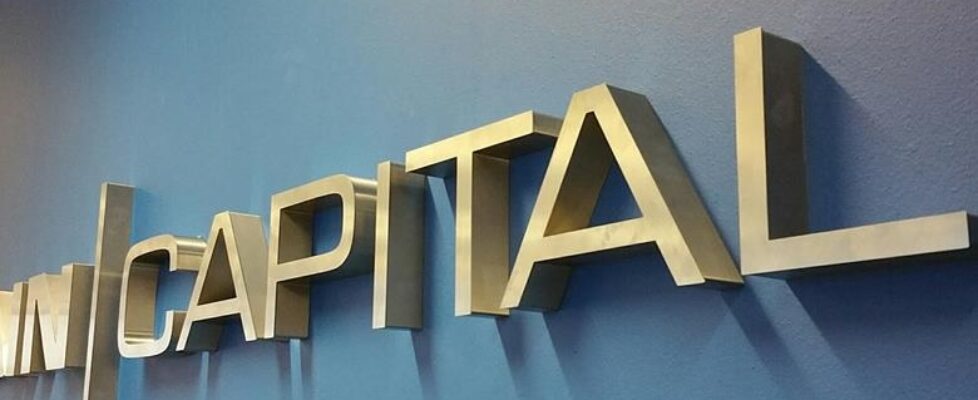GAIN Capital claims OANDA’s info requests in patent infringement lawsuit are overly broad
GAIN Capital has opposed the information requests made by OANDA in a patent infringement lawsuit.
The dispute at issue concerns OANDA’s most recent document requests, Request for Production (the RFPs), which seek all documents and communications concerning certain terms identified in the RFPs from five custodians selected by OANDA. OANDA’s RFPs are based on GAIN’s non-infringement contentions which identify the claim limitations not found in GAIN’s accused products and then go on to explain, in some instances, how GAIN’s products operate or function differently.
OANDA claims that it is seeking discovery underlying GAIN’s contentions but GAIN argues that is not the case as OANDA has already had such discovery.
By its motion, OANDA seeks to compel two categories of document types: (a) “other electronically stored information” (i.e., non-email ESI), and (b) emails.
As to non-email ESI, GAIN explains that these are cumulative and duplicative of previously propounded requests, in that they seek all documents and communications relating to the aspects or features of GAIN’s accused products cited in GAIN’s non-infringement contentions. GAIN has already produced technical documents and information concerning GAIN’s non-infringement contentions as well as extensive source code – the best sources for the information OANDA purports to seek. Thus, OANDA’s motion as to non-email ESI should be denied as RFPs are unreasonably cumulative and duplicative.
As to emails, GAIN argues that these requests are also cumulative and duplicative and an inconvenient, burdensome, and expensive source for the same information regarding GAIN’s accused products. While OANDA purports to seek more information about specific aspects or features identified in GAIN’s non-infringement contentions, OANDA has failed to explain how the numerous technical documents (flow charts, architecture diagrams, manuals and system specifications) and the volumes of source code that show precisely how GAIN’s systems operate do not provide the precise information OANDA claims to seek.
Further, GAIN says that OANDA also fails to explain how emails between employees will better evidence how GAIN’s products and systems work and function than the documents describing and explaining such products and systems or the source code that actually operates them (both of which OANDA already has). Instead, OANDA asserts it needs more: not only communications that refer to the specific termed aspects or features but things broadly relating thereto, such as (for only a single example) all communications relating to GAIN’s “pricing” of currencies when GAIN prices all currencies traded through its platforms.
GAIN says that OANDA asserted that these are not the last email requests it will make. GAIN notes that OANDA has refused all attempts to reasonably narrow or limit its email requests to a reasonable number of total custodians or search terms in this case.
GAIN concludes that:
“Essentially, OANDA wants the unfettered ability to demand more and more broad email collections and searches at any time. For all these reasons, OANDA’s requests are simply not proportional to the needs of the case as they currently stand. Accordingly, OANDA’s motion to compel should be denied”.
Let’s recall that in this lawsuit OANDA alleges that GAIN infringes two patents, U.S. Patent Nos. 7,146,336 (“the ’366 patent”) and 8,392,311 (“the ’311 patent”).
On March 5, 2013, the United States Patent and Trademark Office issued United States Patent No. 8,392,311, entitled “Currency Trading System, Methods, and Software.” The ’311 Patent teaches, among other things:
In one aspect, the present invention comprises a system for trading currencies over a computer network. A preferred embodiment comprises: (a) a server front-end; (b) at least one database; (c) a transaction server; (d) a rate server; (e) a pricing engine; (f) an interest rate manager; (g) a trade manager; (h) a value at risk server; (i) a margin control manager; (j) a trading system monitor; and (k) a hedging engine. In another aspect, the present invention comprises methods for trading currency over a computer network. In another aspect, the present invention comprises software for currency trading over a computer network.
On December 5, 2006, the United States Patent and Trademark Office duly and legally issued United States Patent No. 7,146,336, entitled “Currency Trading System, Methods, and Software.”
The ʼ336 Patent teaches, among other things:
In one aspect, the present invention comprises a system for trading currencies over a computer network. A preferred embodiment comprises: (a) a server front-end; (b) at least one database; (c) a transaction server; (d) a rate server; (e) a pricing engine; (f) an interest rate manager; (g) a trade manager; (h) a value at risk server; (i) a margin control manager; (j) a trading system monitor; and (k) a hedging engine. In another aspect, the present invention comprises methods for trading currency over a computer network. In another aspect, the present invention comprises software for currency trading over a computer network.





